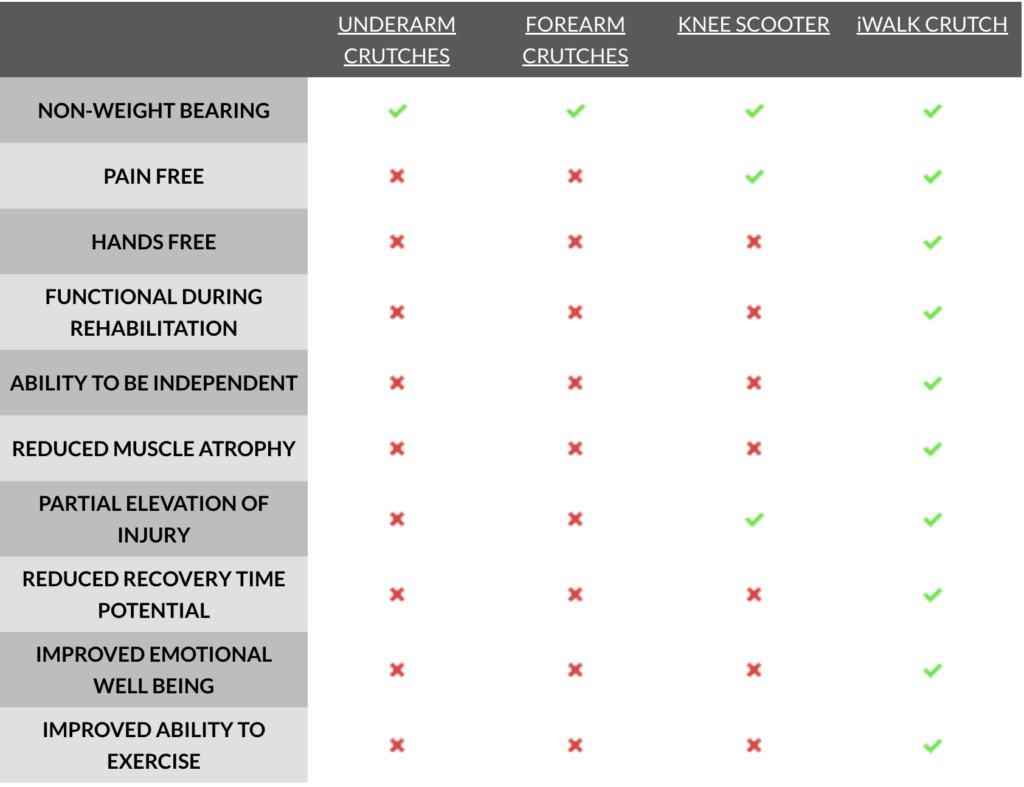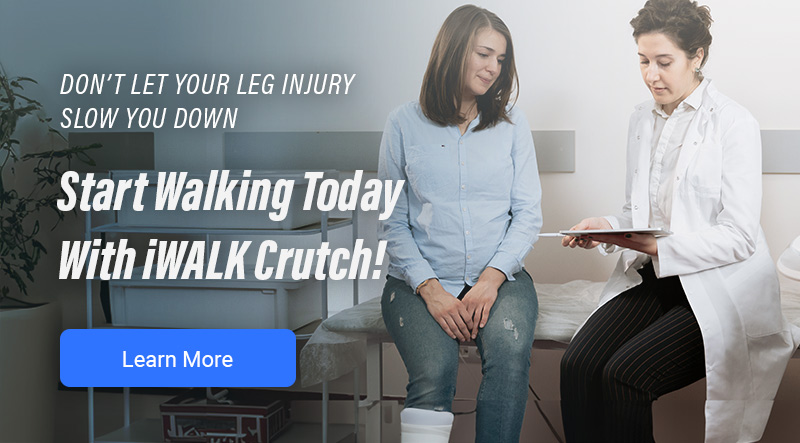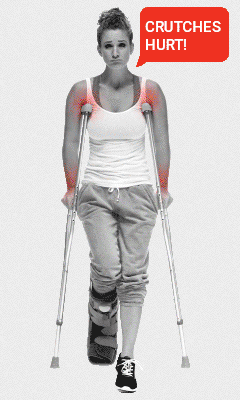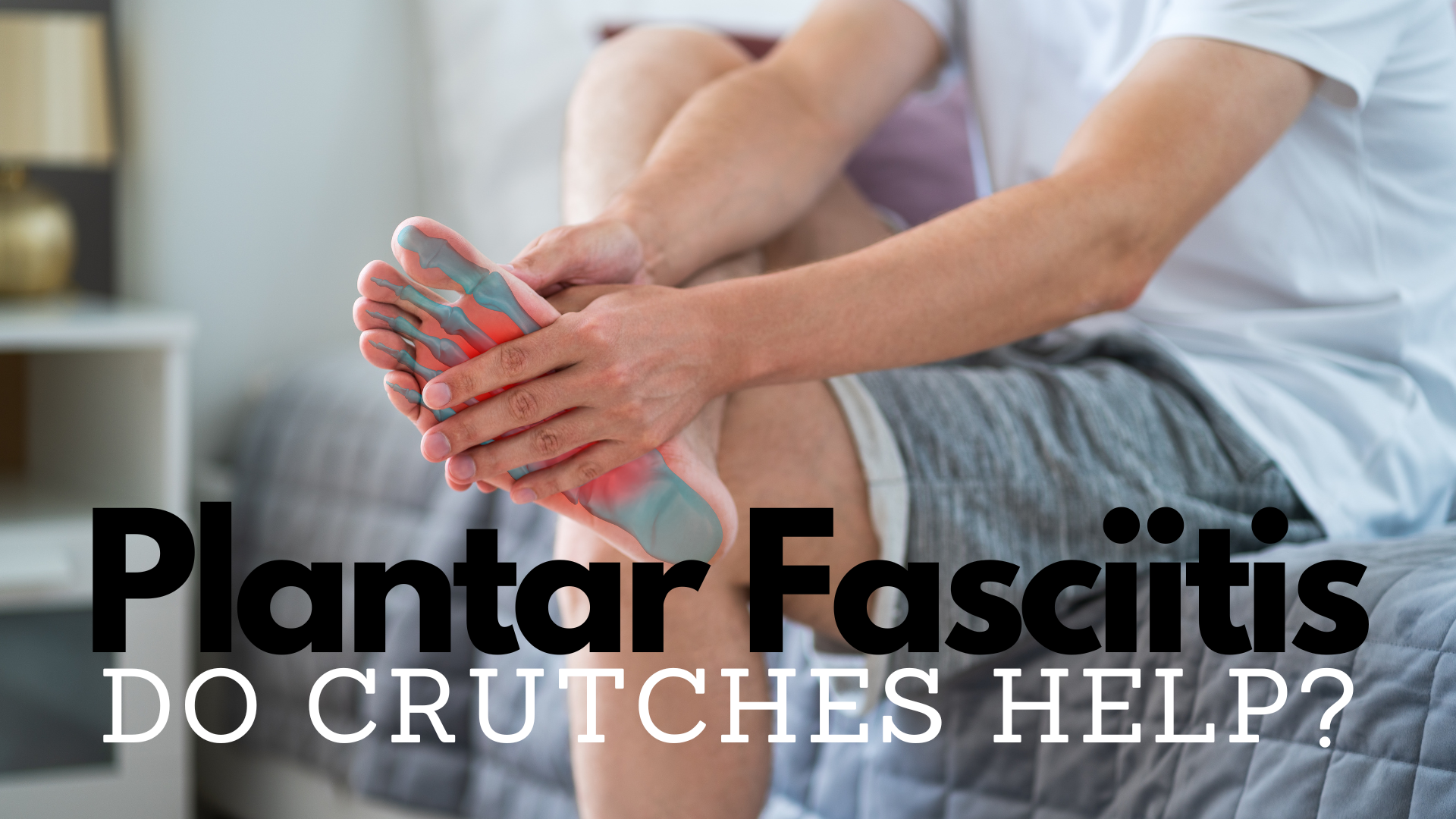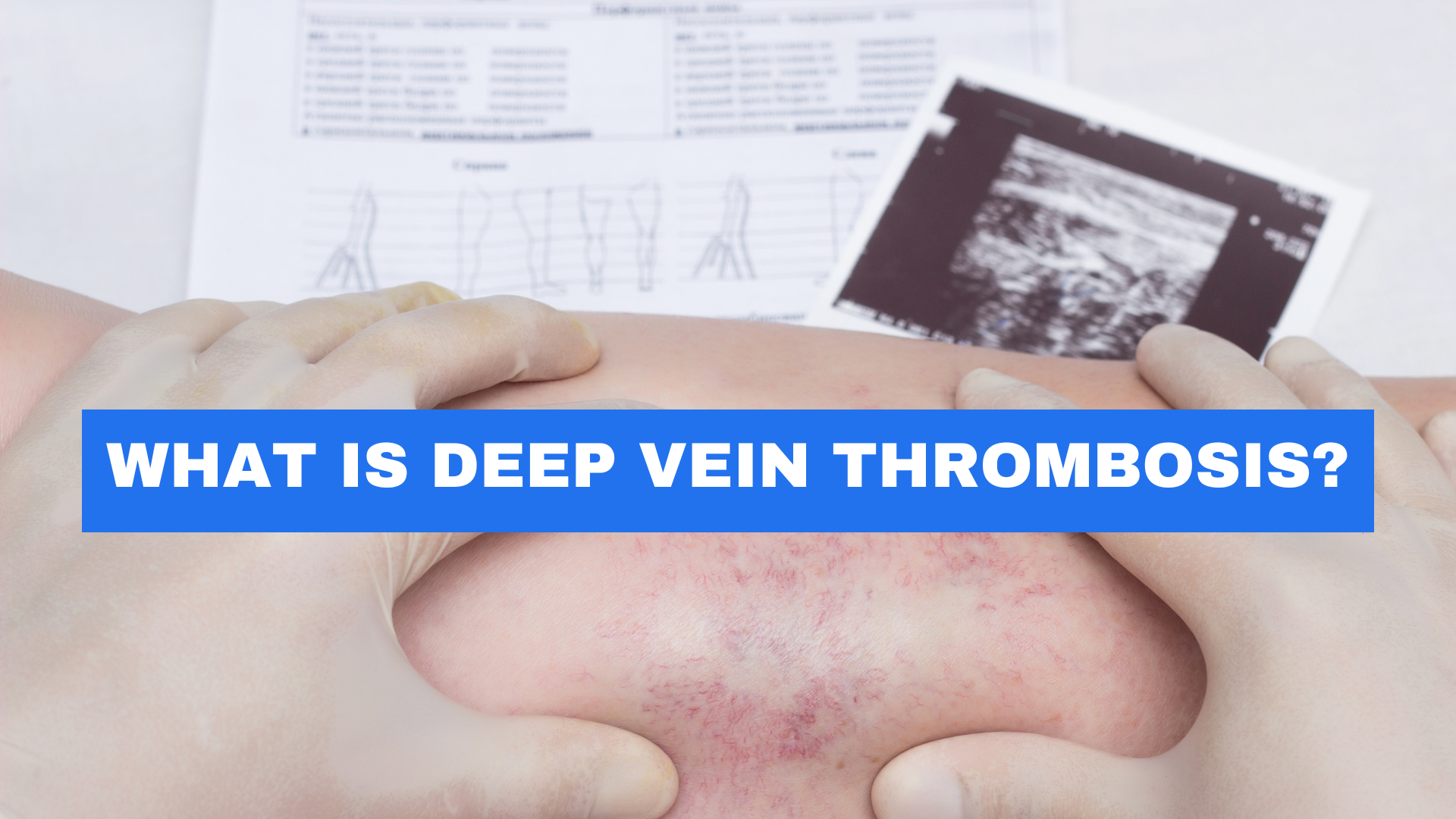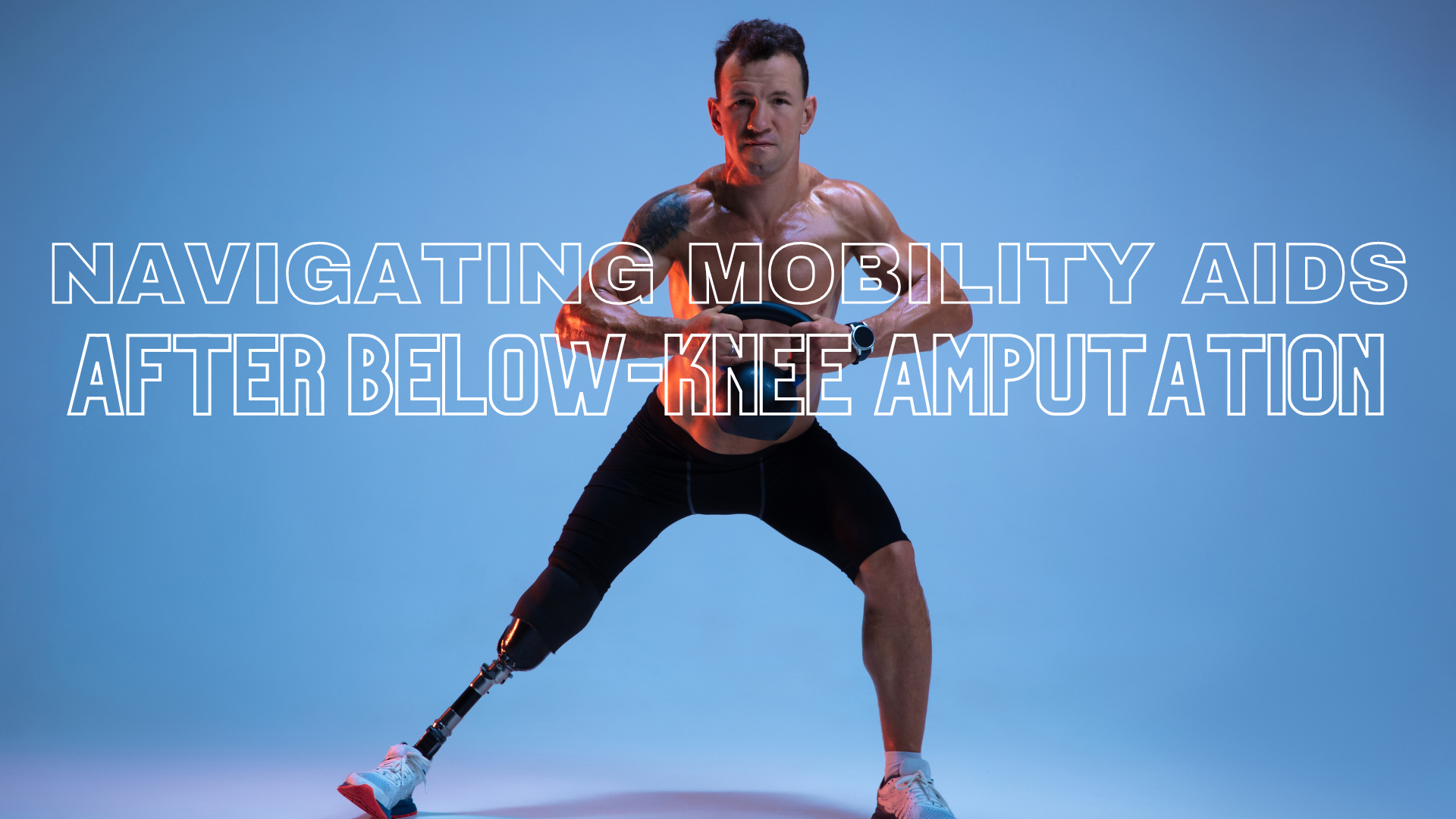For centuries, traditional crutches have been the go-to mobility aid for patients with lower limb injuries. However, these crutches come with significant drawbacks, hindering patients’ quality of life and slowing down their recovery process. Enter the iWALK hands-free crutch—a groundbreaking solution that addresses these limitations and ushers in a new era of mobility support. Knee scooters, another popular mobility device, restrict patients to a kneeling position, while standing erect with hands fixed to handles, limiting their ability to move freely and engage in various activities. When comparing the iWALK hands-free crutch to crutches knee scooters, the iWALK offers unparalleled versatility and adaptability. The iWALK crutch allows users to maintain an upright posture and navigate various terrains. This adaptability empowers patients to remain active, participate in daily routines, and even return to work or school earlier than with other mobility aids. Plus their hands are completely free which allows patients to perform their activities of daily living.
As medical professionals, it is crucial to explore alternative options that can revolutionize mobility and enhance patients’ well-being during the healing journey. One such game-changing solution is the iWALK hands-free crutch.
Improved Comfort and Reduced Risk of Secondary Injuries
Patients using traditional crutches often struggle with mobility limitations, as their hands are occupied with supporting their weight. With the iWALK crutch, patients can regain the use of both hands, allowing them to perform activities of daily living, such as carrying objects, opening doors, and navigating stairs with ease. This increased mobility not only enhances their physical well-being but also contributes to their mental health.
Traditional crutches can cause significant discomfort and pain, particularly in the underarms, hands, and wrists. Prolonged use of these crutches may lead to secondary injuries, such as nerve damage or muscle strain. Knee scooters, reportedly have a high rate of fall cases among users, coupled with a substantial prevalence of scooter-related injuries. In contrast, the iWALK hands-free crutch eliminates these concerns. By using both legs and arms to move in a way similar to normal gait, it relieves pressure on the upper body, resulting in enhanced comfort and reduced risk of secondary injuries. Patients can experience a more comfortable and pain-free recovery journey, focusing on healing rather than dealing with additional discomfort.
Reduced Risk of DVT
Patients with lower limb non-weight bearing injuries face a heightened risk of deep vein thrombosis (DVT), stemming from reduced blood flow and muscle pump activity due to immobilization. A recent study comparing the iWALK, knee scooters, and crutches found that the iWALK maintains blood flow and vessel dimensions similar to normal walking, attributed to heightened muscle activity. This finding challenges prior assertions that flexed knee angles heighten DVT risk. Unlike knee scooters, the iWALK’s knee flexion doesn’t diminish blood flow, underscoring muscle activity’s significant role in reducing DVT risk.
Faster Recovery and Rehabilitation
The iWALK hands-free crutch promotes a faster recovery and rehabilitation process compared to traditional crutches and knee scooters. By enabling patients to engage in weight-bearing activity on both the unaffected leg and the injured leg, the iWALK crutch stimulates muscle activation and improves blood circulation. This contributes to faster healing, increased range of motion, and improved muscle strength.
Patient Preferred
The iWALK is the choice of nine out of ten foot and ankle patients over crutches. Patient contentment and inclination play a pivotal role in adhering to non-weight bearing requirements, crucial for attaining optimal outcomes and averting postoperative complications like wound issues, fracture fixation loss, or hardware failure. A recent study revealed subjects’ preference for the iWALK over both crutches and knee scooters due to the improved independence for activities of daily living, resulting in more positive attitudes. Another reason for the iWALK’s popularity compared to crutches is attributed to lower exertion and pain levels, as demonstrated in recent publications (Hackney et al., 2022; Martin et al., 2019).
The Practice Game Changer
Don’t take out word for it, check out our testimonials from patients, doctors, athletes and celebrities. Doctors should consider recommending the iWALK hands-free crutch as the superior alternative to traditional mobility aids for patients with lower limb injuries and below-knee amputations. With demonstrated higher compliance rates due to enhanced comfort and ease of use, the iWALK can significantly contribute to optimal recovery for patient outcomes.
Discover how integrating the innovative iWALK mobility solution into your practice can revolutionize patient recovery and satisfaction. Gain access to informative brochures, in-depth insights, and comprehensive information to enhance patient care and explore new possibilities in orthopedic rehabilitation.

